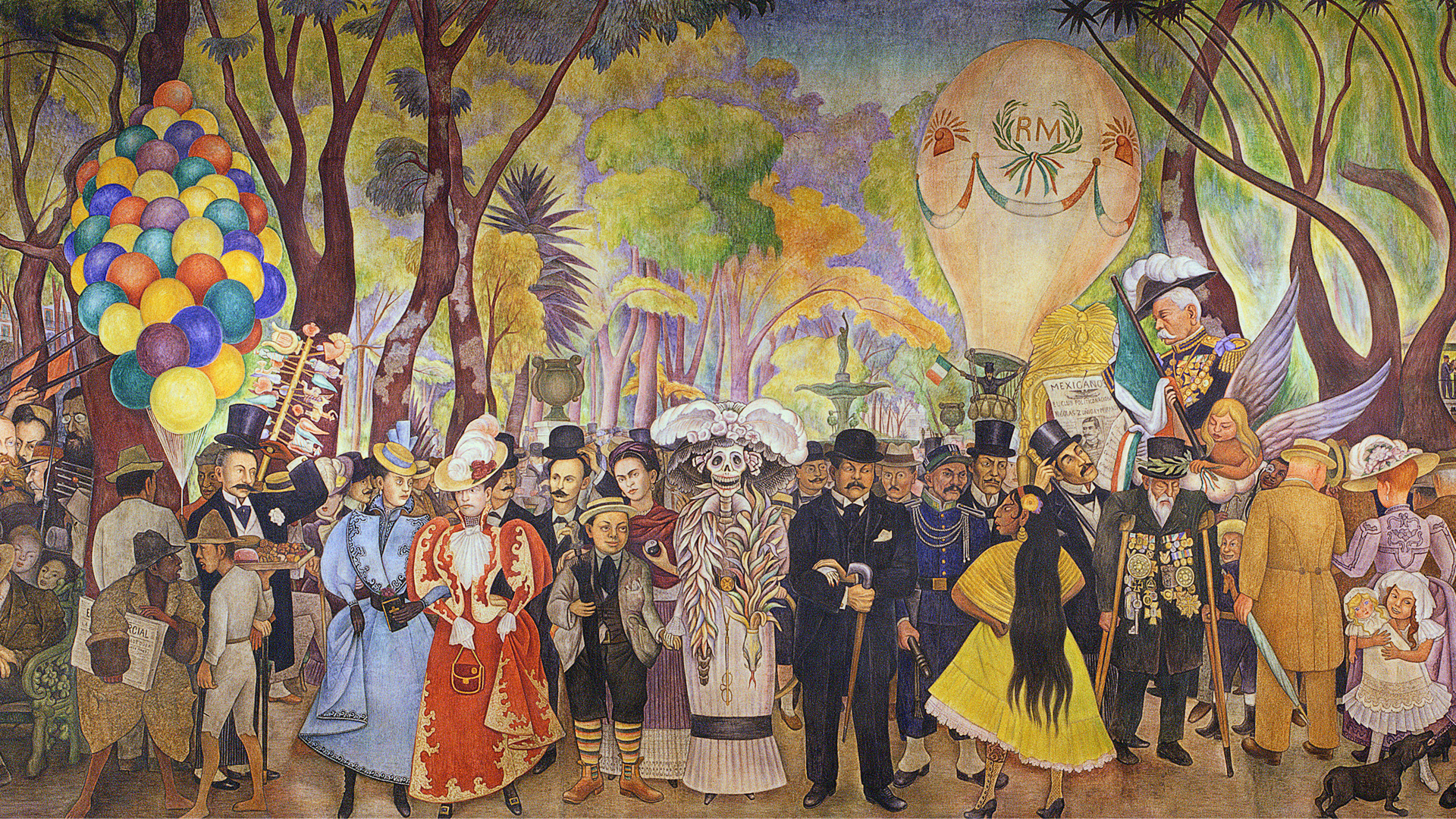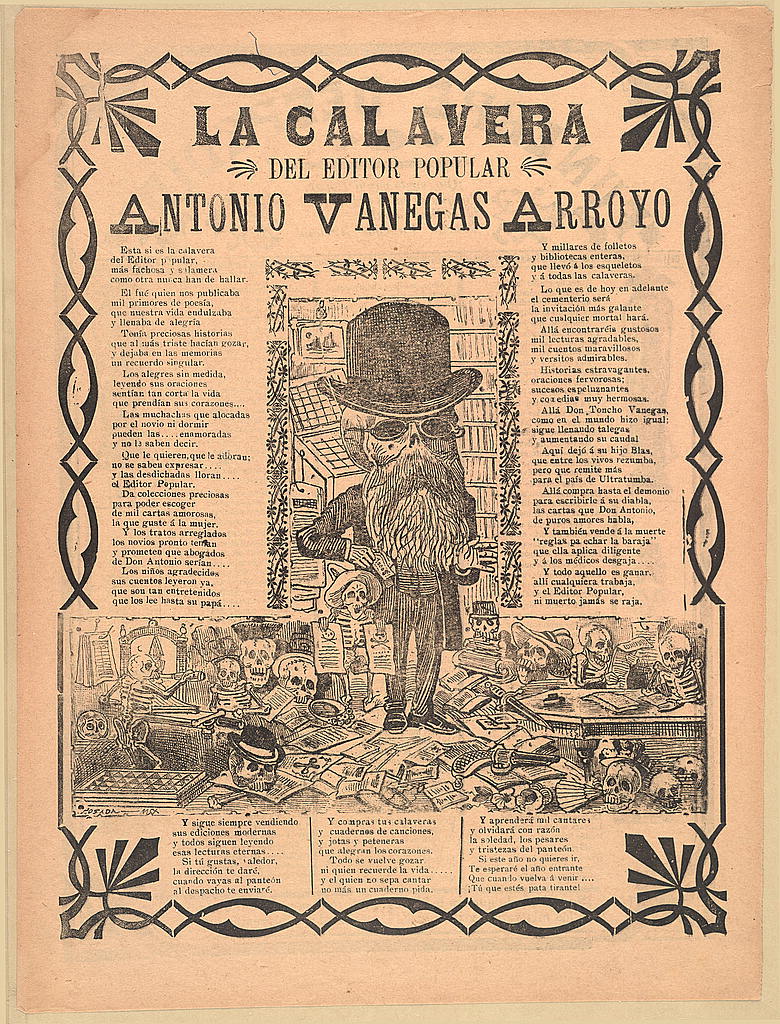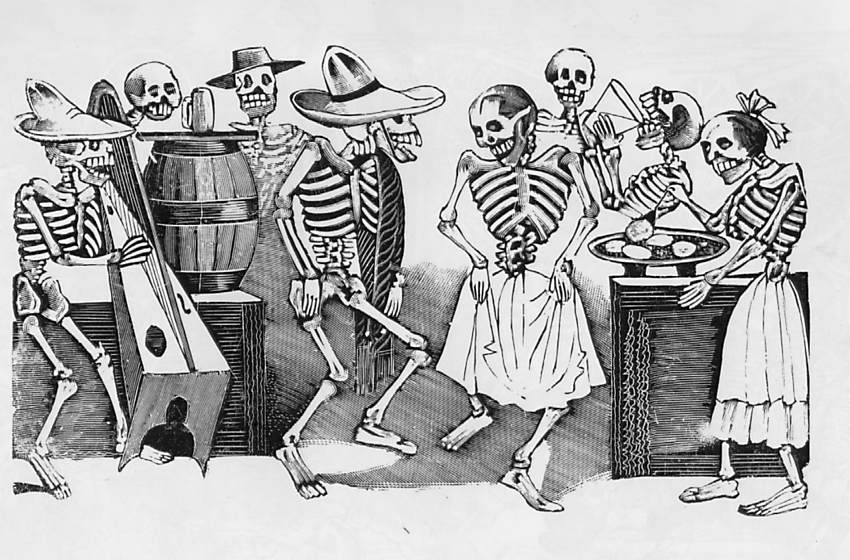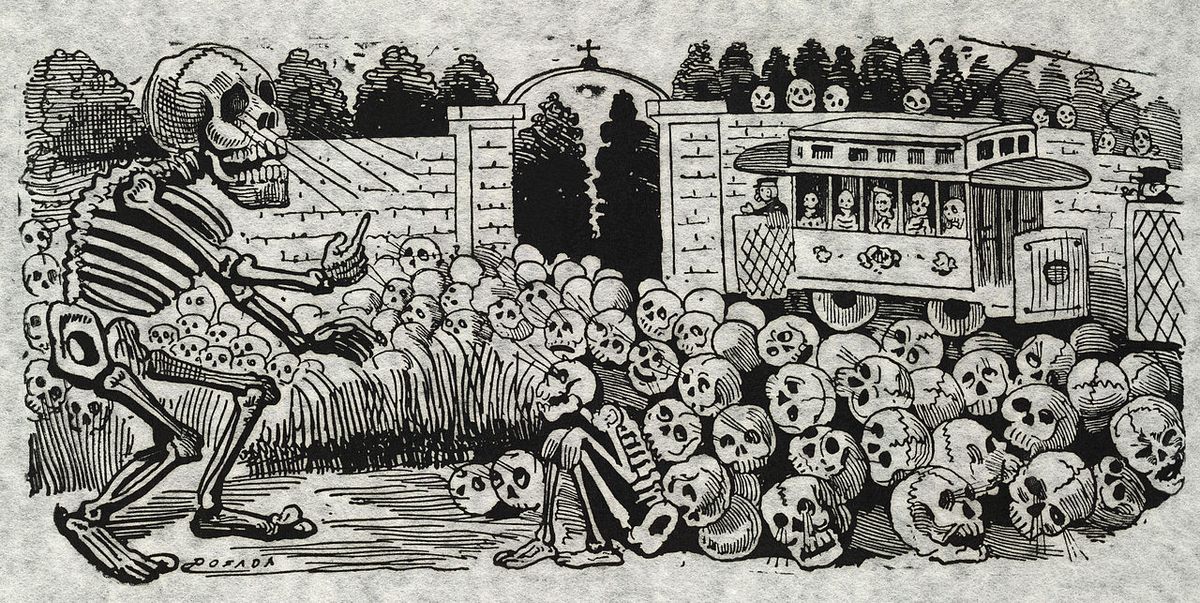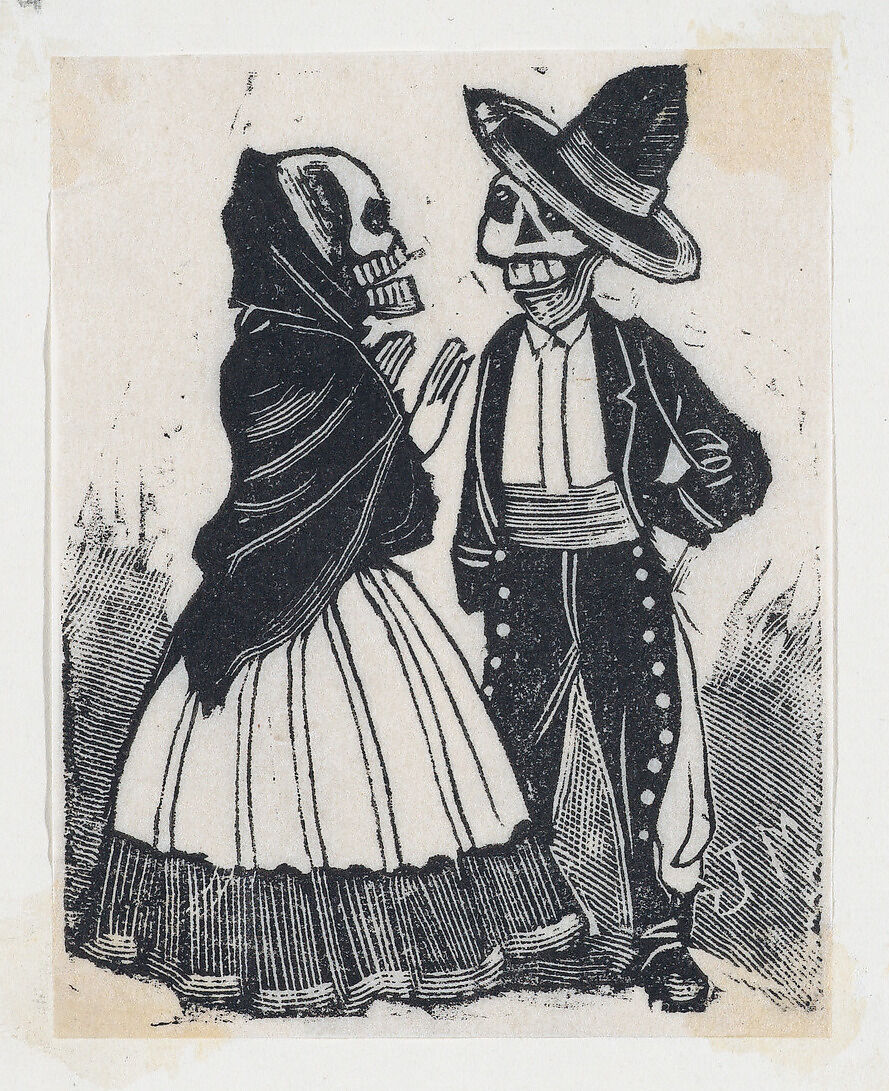As Great Art Explained’s James Payne notes in the above profile of Surrealist Dorothea Tanning, the emotional and psychological complexity of her work invites interpretation, particularly when it comes to one of best known paintings, 1943’s Eine Kleine Nachtmusik.
Its doors, young girls (femme-enfants, if you prefer) and sunflower were recurrent themes for her.
What’s it mean?
Tanning maintained the painting is about “confrontation:”
Everyone believes he/she is his/her drama. While they don’t always have giant sunflowers (most aggressive of flowers) to contend with, there are always stairways, hallways, even very private theaters where the suffocations and the finalities are being played out, the blood red carpet or cruel yellows, the attacker, the delighted victim….
Art historian Whitney Chadwick, author of Women Artists and the Surrealist Movement, dared to compare Eine Kleine Nachtmusik to Pierre Roy’s 1927 work Danger on the Stairs, which Tanning may have encountered during her life changing visit to the Museum of Modern Art’s ground breaking 1936 exhibit Fantastic Art, Dada, Surrealism.
Both paintings unfold on narrow, windowless landings. Roy’s features a snake, that harbinger of “Freudian symbolic content”, slithering down a staircase; Tanning’s two long-haired girls in Victorian deshabille and a “torn and writhing sunflower, an image strongly identified with Tanning’s Midwestern origins, close to nature and capable of conveying impressions of both fecundity and menace.”
Tanning bridled at the temerity of Chadwick’s characterization:
To compare my vision with the perfectly proportioned and very photographic depiction of a snake (anaconda) on a stair, neatly painted, somewhat in the manner of Magritte, is simple-minded. The scene, though infrequent, is possible in the natural outside world. Mine is not.
Could it be that the sunflower is a trap set for experts unable to resist the pull of publicly interpreting a Surrealist scene?
Tanning died in 2012 at the age of 101, but Eine Kleine Nachtmusik’s sunflower continues to exert its siren pull.
Art historian, Catriona McAra, author of A Surrealist Stratigraphy of Dorothea Tanning’s Chasm sees it as a symbol of “defloration, menstruation and erotic nocturnal knowledge”, while art historian Selin Genc pegs it as “the unknown the child senses within herself: a source of concern and fascination.”
Far be it from us to hazard a guess in the public forum, though we’d be keen to get an adolescent girl’s unofficial take on it, particularly if she shares Tanning’s fascination for Alice’s Adventures in Wonderland and is as yet unacquainted with the Surrealists, female or otherwise.
Given that many young teens understand gender to be a non-binary proposition, our hypothetical interviewee might appreciate Tanning’s staunch rejection of the label ‘woman artist’, insisting that “there is no such thing or person” and it is “just as much a contradiction in terms as ‘man artist’ or ‘elephant artist’.”
21st-century artists of all ages, genders and genres could benefit from her advice to “keep your eye on your inner world and keep away from ads, idiots and movie stars.”
That, friends, is how you make Eine Kleine Nachtmusik.
In a 2001 article in ARTnews titled The Oldest Living Surrealist Tells (Almost) All, Tanning, then 91 and “still alive in every way” spelled it out:
(Art) should make us feel good about life, or at least make us think about the big questions, the things that people don’t want to ask themselves anymore.”
Here’s some more of Dorothea Tanning’s work to get you started on those questions.
Related Content
The Fantastic Women Of Surrealism: An Introduction
An Introduction to Surrealism: The Big Aesthetic Ideas Presented in Three Videos
Discover Leonora Carrington, Britain’s Lost Surrealist Painter
– Ayun Halliday is the Chief Primatologist of the East Village Inky zine and author, most recently, of Creative, Not Famous: The Small Potato Manifesto and Creative, Not Famous Activity Book. Follow her @AyunHalliday.


